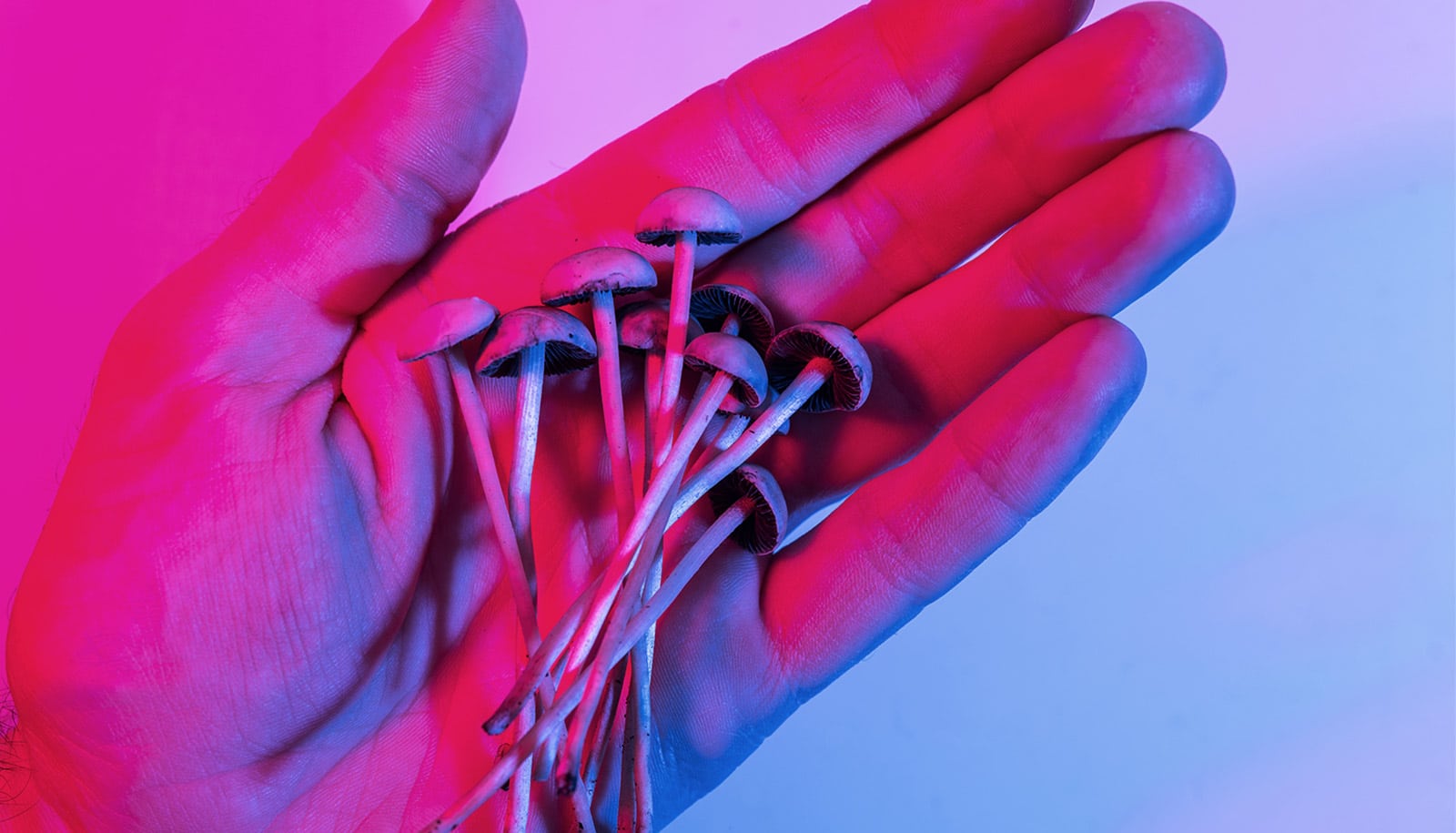Researchers have figured out how to track the neural activity and muscle movement of the tiny, squid-like hydra, an aquatic creature that seems to never age.
If you cut one in two, you get hydrae. And each one can eat animals twice its size.
These creatures are survivors—and that makes them worthy of study, says Jacob Robinson, an electrical and computer engineer at Rice University.
Scientists used several methods to reveal basic neural patterns that drive the activities of freshwater hydra vulgaris: They immobilized the animals in narrow, needle-laden passages, dropped them into arenas about one-tenth the size of a dime, and let them explore wide-open spaces. They expect the analysis will help identify patterns that evolution has conserved in larger brain architectures.
Grow and shrink
Robinson’s lab has developed an array of chip-based systems that let scientists control movements and even sequester biological systems—cells and small animals—to study them up close and over long periods of time.
“If you look at them with the naked eye, they just sit there. They’re kind of boring.”
The lab has studied all of the above with its custom, high-throughput microfluidics systems, with worms representing the “animal” part.
But hydrae, which top out at about a half-centimeter long, come in different sizes and change their shapes at will. That presented particular challenges to the engineers.
“C. elegans (roundworms) and hydrae have similarities,” Robinson says. “They’re small and transparent and have relatively few neurons, and that makes it easier to observe the activity of every brain cell at the same time.
“But there are enormous biological differences,” he adds. “The worm has exactly 302 neurons, and we know exactly how it’s wired. Hydrae can grow and shrink. They can be cut into pieces and form new animals, so the number of neurons inside can change by factors of 10.
“That means there’s a fundamental difference in the animals’ neurobiology: Where the worm has to have an exact circuit, the hydrae can have any number of circuits, reorganize in different ways and still perform relatively similar behaviors. That makes them really fun to study.”
Interesting hydra behavior
The microfluidics platform let the lab sequester a single hydra for up to 10 hours to study neurological activity during distinct behaviors like body column and tentacle contraction, bending, and translocation. Some of the hydrae were wild, while others were modified to express fluorescent or other proteins. Because the best way to characterize a hydra is to watch it for about a week, the lab is building a camera-laden array of microfluidic chips to produce time-lapse movies of up to 100 animals at once.
“…hydrae and humans shared a common ancestor that we believe was the first animal to have neurons.”
“If you look at them with the naked eye, they just sit there,” Robinson says. “They’re kind of boring. But if you speed things up with time-lapse imaging, they’re performing all kinds of interesting behaviors. They’re sampling their environment; they’re moving back and forth.”
Electrophysiology tests are possible due to the lab’s development of Nano-SPEARs, microscopic probes that measure electrical activity in the individual cells of small animals. The needles extend from the center of the hourglass-shaped capture device and penetrate a hydra’s cells without doing permanent damage to the animal.
Nano-SPEARS don’t appear to measure activity of neurons inside the animal, so the researchers used calcium-sensitive proteins to trigger fluorescent signals in the hydra’s cells and produced time-lapsed movies in which neurons lit up as they contracted.
“We use calcium as a proxy for electrical activity inside the cell,” Robinson says. “When a cell becomes active, the electrical potential across its membrane changes. Ion channels open up and allow the calcium to come in.” With this approach, the lab could identify the patterns of neural activity that drove muscle contractions.
“Calcium imaging gives us spatial resolution, so I know where cells are active,” he says. “That’s important to understand how the brain of this organism works.”
Manipulating hydrae is an acquired skill, according to graduate student and lead author Krishna Badhiwala. “If you handle them with pipettes, they’re really easy, but they do stick to pretty much anything,” she says.
“It’s a little difficult to jam them into microfluidics because they’re really just a two-cell-layer-thick body,” Badhiwala says. “You can imagine them being easily shredded. We eventually got to the point where we’re really good at inserting them without damaging them too much. It just requires some dexterity and steadiness.”
Our common ancestor
With this and future studies, the team hopes to connect neural activity and muscle response to learn about similar connections in other members of the animal kingdom.
“C. elegans, Drosophila (fruit flies), rats, mice, and humans are bilaterians,” Robinson says. “We all have bilateral symmetry. That means we shared a common ancestor, hundreds of millions of years ago. Hydrae belong to another group of animals called cnidarians, which are radially symmetric. These are things like jellyfish, and they have a more distant ancestor.
Scientists create images with groups of bacteria
“But hydrae and humans shared a common ancestor that we believe was the first animal to have neurons,” he says. “From this ancestor came all the nervous systems that we see today.
“By looking at organisms in different parts of the phylogenetic tree, we can think about what’s common to all animals with nervous systems. Why do we have a nervous system? What is it good for? What are the things that a hydra can do that worms and humans can also do? What are the things they can’t do?
After amputation, jellyfish restore symmetry
“These kinds of questions will help us understand how we’ve evolved the nervous system we have,” Robinson says.
The Defense Advanced Research Projects Agency’s BioControl program, the Keck Center of the Gulf Coast Consortia, and the National Science Foundation funded the work, which appears in Lab on a Chip.
Source: Rice University



